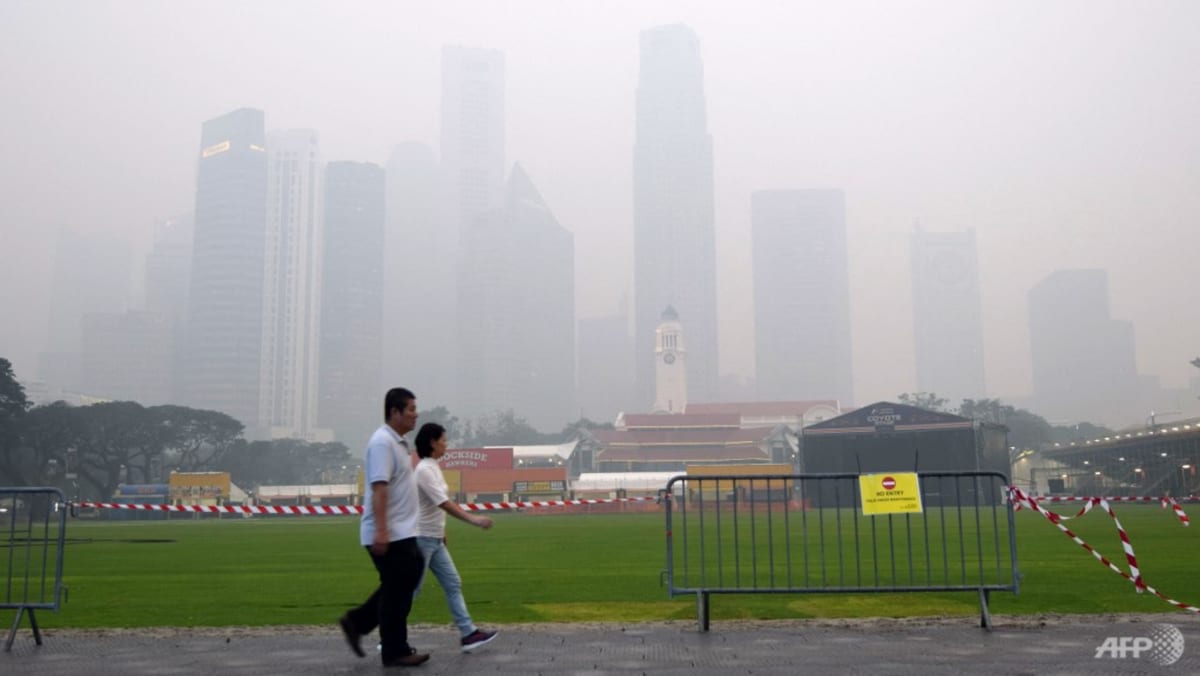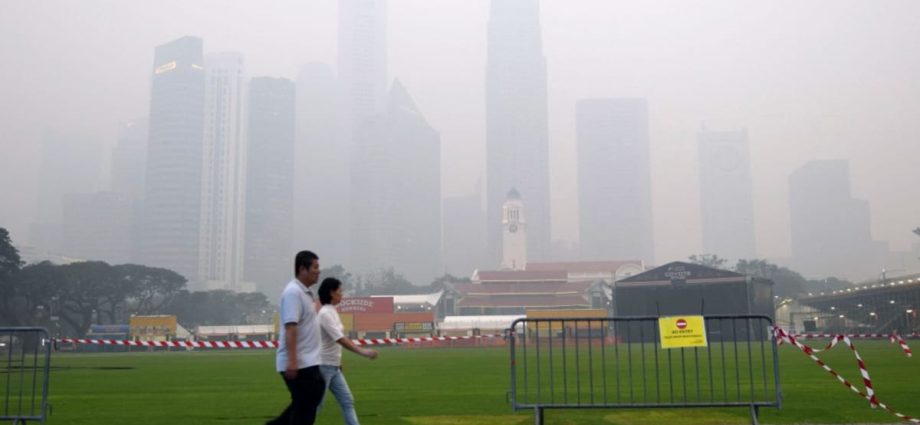
What is the impact of El Nino on the weather in Singapore?
During an El Nino event, Singapore can expect its rainfall to be affected significantly.
“El Nino events tend to have the biggest influence on Singapore’s rainfall during the southwest monsoon season from June to September, with rainfall up to 45 per cent below average,” the Met Service said.
“During the last strong El Nino event in 2015/2016, Singapore’s total rainfall from June to September 2015 was about 35 per cent below the long-term average.”
Temperatures will also rise during such an event.
“El Nino events also bring warmer temperatures to Singapore, with the warmest temperatures often occurring when El Nino events weaken typically in March to April the year following the start of the event,” the Met Service said.
“During the 2015/2016 El Nino event, Singapore’s average temperature over the June to September 2015 period was 28.8 degrees Celsius or 0.6 degree Celsius above its long-term average for that period.
“For the period from March to April 2016, Singapore’s average temperature was 29.2 degrees Celsius or 1.2 degrees Celsius above its long-term average for that period.”
The Met Service added that 2016 was one of Singapore’s hottest years on record, along with 2019.
Should Singapore expect transboundary haze?
The southwest monsoon period between June and September is typically the dry season for Singapore and the surrounding region.
An El Nino event and a positive IOD event could raise the intensity of this dry season and extend it into October, increasing the risk that haze will impact Singapore.
“Drier and warmer conditions are conducive to the development of peatland and vegetation fires,” the Met Service said.
“Therefore, hotspots could escalate from June 2023 under extended periods of drier weather, particularly in fire-prone areas.
“This will increase the risk of transboundary haze affecting Singapore if fires develop in close proximity and prevailing south-easterly to south-westerly winds blow smoke haze from the fires towards Singapore.”
On Monday, the meteorological centre of the Association of Southeast Asian Nations (ASEAN) also flagged a higher risk of escalated hotspot activity and transboundary haze in the southern ASEAN region from June to October.
The ASEAN Specialised Meteorological Centre (ASMC) made this announcement as it issued Alert Level 1, indicating the start of the dry season associated with the Southwest Monsoon in the southern ASEAN region.
Hotspot activity in the southern ASEAN region is presently still subdued, however, with 14 and 13 hotspots detected in the southern ASEAN region on May 27 and May 28 respectively, ASMC said.
A few localised smoke plumes were detected in parts of the region on some days in May, but no transboundary smoke haze occurrence has been observed so far.
NEA has convened the Inter-Agency Haze Task Force to review and prepare Singapore’s responses in case of transboundary haze, Minister for Sustainability and the Environment Grace Fu said in a Facebook post on Tuesday.
“As a precaution, Singaporeans may wish to make preparations to protect your loved ones, such as by ensuring that you have an adequate supply of N95 face masks and your air purifiers are in good working condition.”
Is climate change affecting El Nino?
According to the Royal Meteorological Society, it is unclear what effect climate change is having on ENSO.
“Because of the large event-to-event variations of El Nino, we don’t have enough past years of observations to show a clear impact of climate change on its properties,” the society said on its website.
“However, there is now some evidence that the effects of El Nino on rainfall may increase in the future and that we may even see more extreme ENSO events, but these remain active research questions.”

